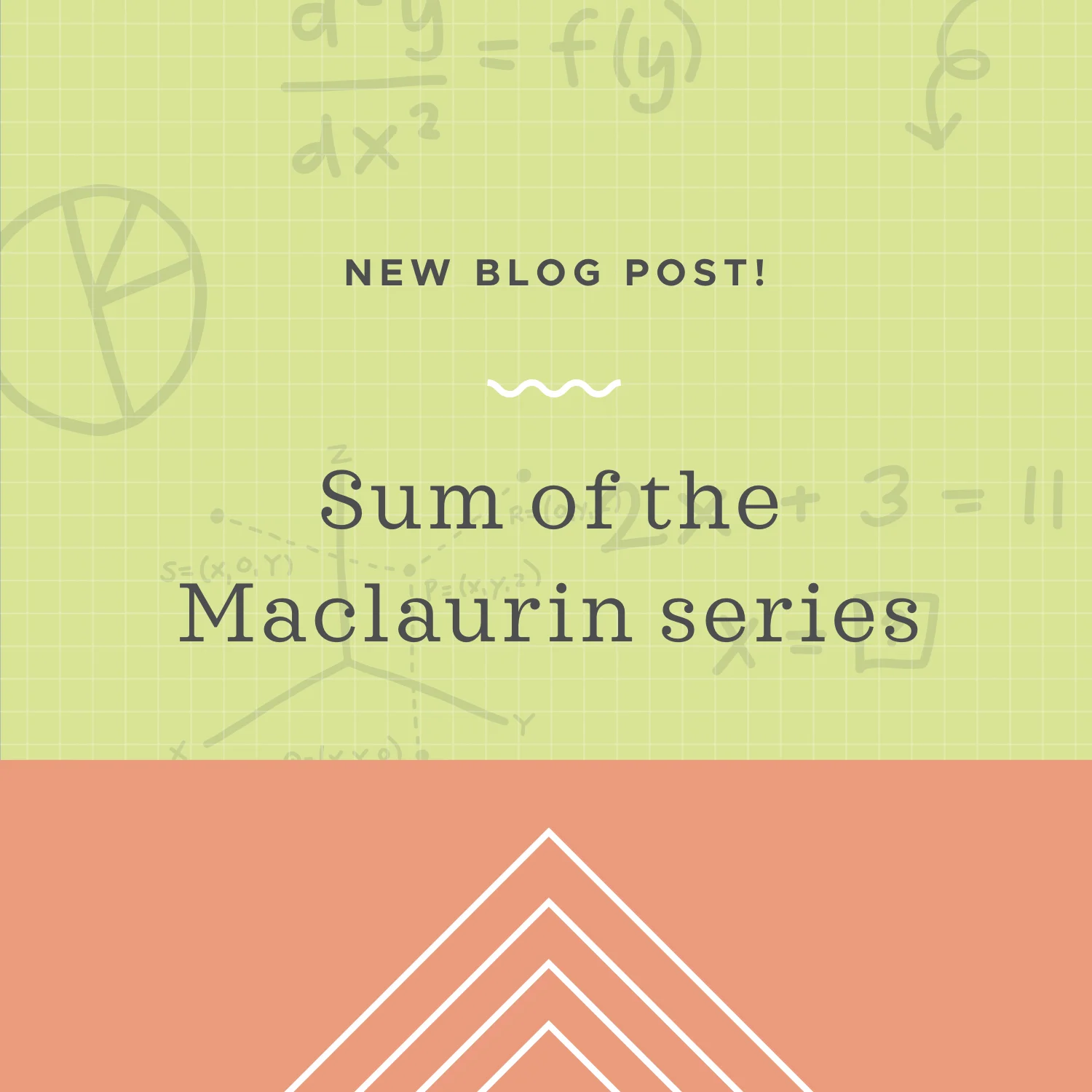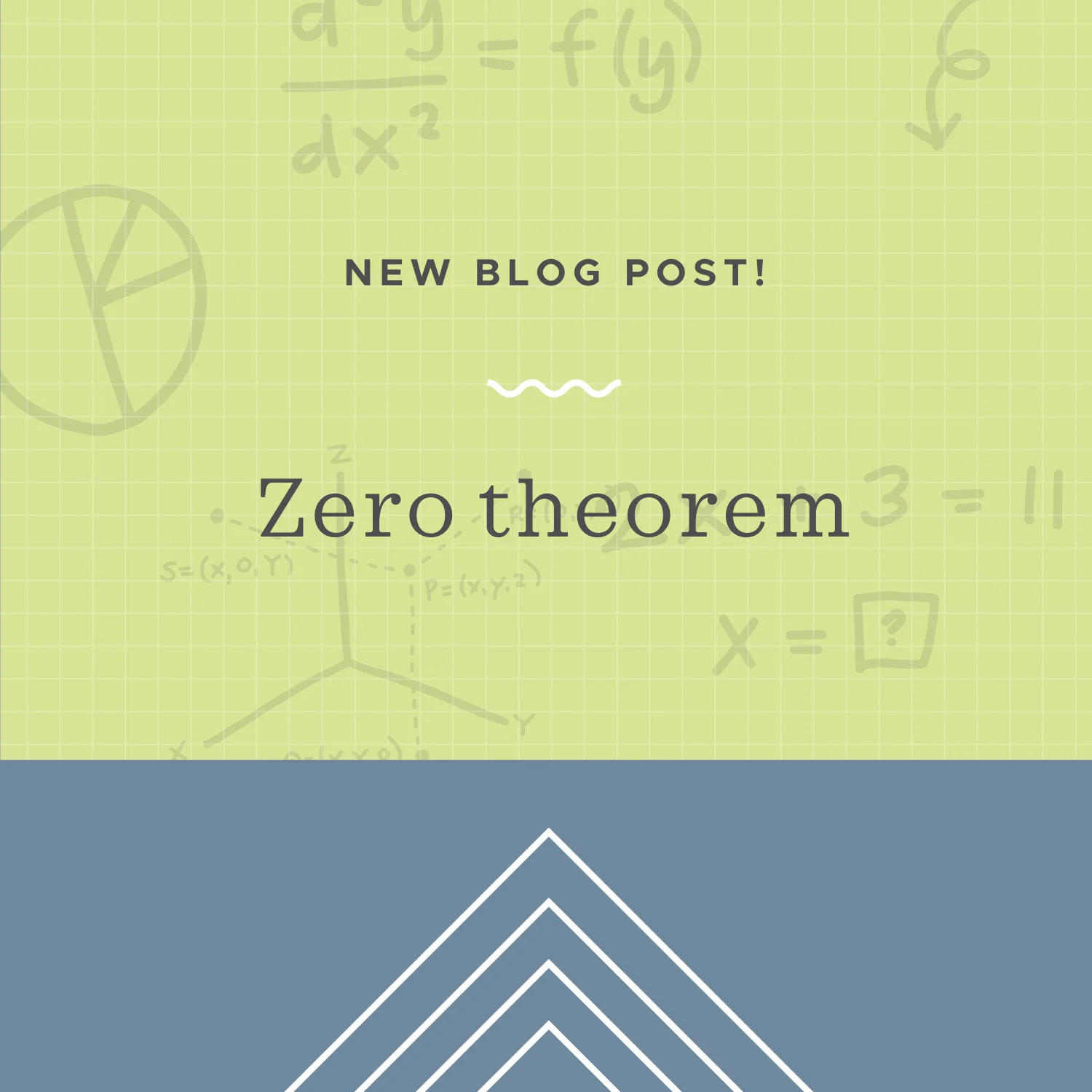To find the Laplace transform of a function using a table of Laplace transforms, you’ll need to break the function apart into smaller functions that have matches in your table.
Read MoreAssociative comes from the word “associate”. Try to remember that “associate”, in terms of math, refers to grouping with parentheses. We’ll look at both the associative property of addition, and the associative property of multiplication.
Read MoreTo find the work required to empty a tank, first divide the tank into an infinite number of slices, then calculate the work required to remove a single slice of substance from the tank, then develop an equation to solve for the work needed to empty the entire tank, based on the work that was required to remove the single slice.
Read MoreLearn how to sketch the graph of a piecewise function from a story problem that represents the function. To start, it’s helpful to know that, in word problems, a horizontal line represents something staying the same, a positive slope shows an increase in something, and a negative slope shows a decrease in something.
Read MoreTo add rational expressions, you need to find a common denominator, just like when you add fractions in which the numerator and denominator are just numbers. The difference is that finding the common denominator of rational expressions can be more complicated because their denominators can include variables.
Read MoreWhenever we’re given a double integral, we want to turn it into an iterated integral, because with iterated integrals, we can easily evaluate one integral at a time, like we would in single variable calculus. When we evaluate iterated integrals, we always work from the inside out.
Read MoreOne convenient way to find the sum of the Maclaurin series is to start with a well-known Maclaurin series and then manipulate it one step at a time until it matches the series you’ve been given. Because you’ll be manipulating the expression of the sum at the same time, once you get the series to match, you’ll automatically have the sum.
Read MoreTranslation vectors translate figures in two-dimensional space, from one location to another. The initial point and terminal point of the translation vector are irrelevant. What matters is the length of the vector and the direction in which it points.
Read MoreMultiplying multivariable polynomials (polynomials with two or more different variables) is very similar to multiplying single-variable polynomials (those that have just one variable). You’ll just need to be careful about combining like terms.
Read MoreIn this lesson we’ll look at different types of triangles and how to use Pythagorean inequalities to determine what kind of triangle we have based on their angle measures and side lengths.
Read MoreType I error rate is the rejecting the null hypothesis when it’s true, and Type II error rate is the probability of accepting the null hypothesis when it’s false. Type I error is called “alpha,” and Type II error is called “beta.”
Read MoreTo find the work required to stretch or compress an elastic spring, you’ll need to use Hooke’s Law. Every spring has its own spring constant k, and this spring constant is used in the Hooke’s Law formula.
Read MoreThe zero theorem allows you to solve for the roots of a polynomial function. Just factor the polynomial, set it equal to 0, and solve for the variable to find the roots.
Read MoreTo find the equation of the tangent line using implicit differentiation, follow three steps. First differentiate implicitly, then plug in the point of tangency to find the slope, then put the slope and the tangent point into the point-slope formula.
Read MoreWhen we talk about place value, we’re talking about the value of the location of a particular digit within a given number (the value of the place where that digit is located within that number). Given any decimal number, place value is what allows us to easily say where each digit of the number is located.
Read MoreGiven that the numerator is a constant and the denominator is any function, the derivative will be the negative constant, multiplied by the derivative of the denominator divided by the square of the denominator.
Read MoreTo sketch a polar curve, first find values of r at increments of theta, then plot those points as (r, theta) on polar axes. Then connect the points with a smooth curve to get the full sketch of the polar curve.
Read MoreUniform motion explains the distance of an object when it travels at a constant speed, the rate, over a period of time. To compare different rates, times, and distances you can use subscripts to keep track of which pieces go with which equation.
Read MoreWe’ll solve for the variable in a radical equation by isolating the radical, squaring both sides and then using inverse operations.
Read MoreIt’s important to know whether we’re talking about a population or a sample, because in this section we’ll be talking about variance and standard deviation, and we’ll use different formulas for variance and standard deviation depending on whether we’re using data from a population or data from a sample.
Read More





















